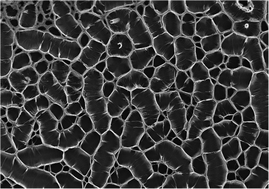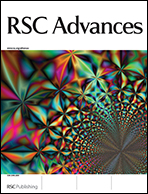The primary goal in hard tissue engineering is to combine high-performance scaffold materials with living cells to develop biologically active substitutes that can restore tissue functions. This requires relevant knowledge in multidisciplinary fields encompassing chemical engineering, material science, chemistry, biology and nanotechnology. Here we present an overview on the recent progress of how two representative carbon nanostructures, namely, carbon nanotubes and graphene, aid and advance the research in hard tissue engineering. The article focuses on the advantages and challenges of integrating these carbon nanostructures into functional scaffolds for repairing and regenerative purposes. It includes, but is not limited to, the critical physico-chemical properties of carbon nanomaterials for enhanced cell interactions such as adhesion, morphogenesis, proliferation and differentiation; the novel designs of two- and three-dimensional nanostructured scaffolds; multifunctional hybrid materials; and the biocompatible aspects of carbon nanotubes and graphene. Perspectives on the future research directions are also given, in an attempt to shed light on the innovative and rational design of more effective biomedical devices in hard tissue engineering.

You have access to this article
 Please wait while we load your content...
Something went wrong. Try again?
Please wait while we load your content...
Something went wrong. Try again?


 Please wait while we load your content...
Please wait while we load your content...